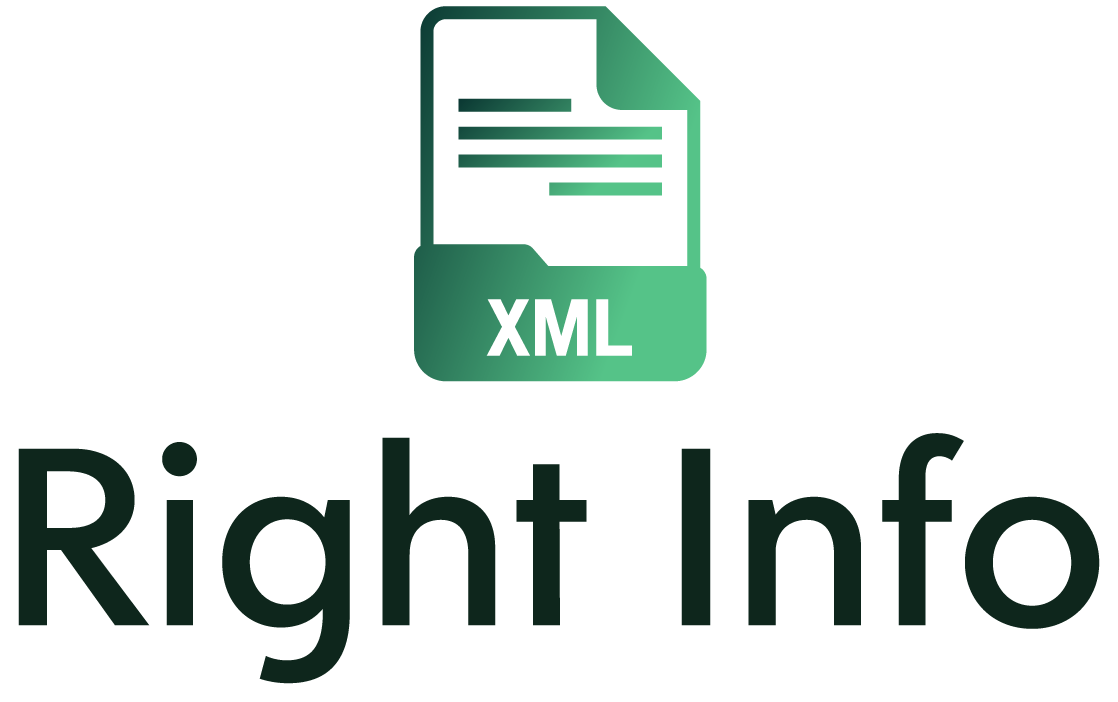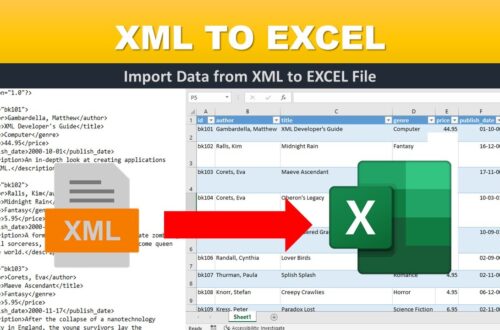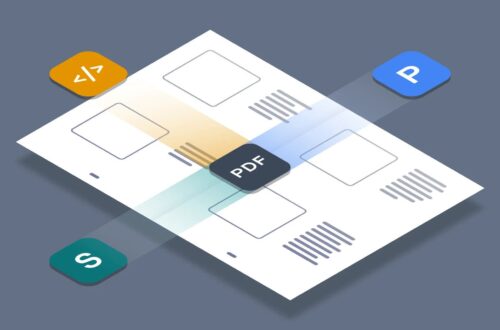
How to Convert XML to HTML for Engaging Online Experiences
Converting XML to HTML might sound complex, but with the right approach, it can be a seamless process. Here’s a step-by-step guide on how to transform your XML content into captivating HTML pages:
Conception the XML and HTML Formats
Before diving into the conversion process, it’s crucial to grasp the fundamental differences between XML and HTML. XML focuses on data structure and organization, while HTML is concerned with content presentation and layout. This understanding forms the basis for a successful conversion.
Selecting the Right Conversion Method
When it comes to transforming your XML content into captivating HTML pages, selecting the right conversion method is a pivotal step. Your choice of method can greatly impact the efficiency and effectiveness of the conversion process. Here’s a closer look at the various options available for converting XML to HTML:
- Manual Coding: For those with a deep understanding of both XML and HTML, manual coding offers complete control over the conversion process. While it requires significant coding expertise, it allows for tailored and precise conversion.
- XSLT Transformations: Extensible Stylesheet Language Transformations (XSLT) is a powerful approach that uses stylesheets to define how XML elements should be transformed into HTML. It’s a versatile method suitable for complex conversions.
- Online Conversion Tools: Numerous online tools simplify the process by providing intuitive interfaces. Upload your XML file, and these tools automatically generate the corresponding HTML code. This method is user-friendly and convenient, particularly for those without extensive coding skills.
- Third-Party Software: Certain software applications are designed specifically for XML-to-HTML conversion. They offer a balance between manual coding and online tools, providing more control while still streamlining the process.
- Programming Libraries: If you’re developing a web application, using programming libraries like DOM (Document Object Model) manipulation with languages such as JavaScript can offer a customized way to convert XML to HTML.
- Content Management Systems (CMS): If your XML content is part of a larger website or platform, some content management systems offer built-in conversion capabilities. This simplifies the process and integrates it seamlessly into your existing workflow.
Utilizing XSLT Transformations
Extensible Stylesheet Language Transformations (XSLT) is a powerful technology for XML-to-HTML conversion. It allows you to define rules for transforming XML elements into HTML tags, resulting in a seamless conversion process.
Leveraging Online Conversion Tools
Numerous online tools simplify the XML-to-HTML conversion process. These tools often provide user-friendly interfaces, allowing you to upload your XML file and receive the corresponding HTML code.
Ensuring Cross-Browser Compatibility
Where users access websites from a multitude of browsers and devices, ensuring cross-browser compatibility is paramount. Your HTML content should not only look visually appealing but also function seamlessly across various web browsers. Here’s how to ensure your converted HTML content remains consistent and user-friendly across different platforms:
- Browser Testing: Test your HTML content on a range of popular web browsers such as Google Chrome, Mozilla Firefox, Microsoft Edge, Safari, and others. This helps identify any rendering inconsistencies or functional issues that might arise.
- Mobile Responsiveness: A significant portion of web traffic comes from mobile devices. Ensure that your HTML content is responsive and adapts fluidly to different screen sizes, from large desktop monitors to smartphones and tablets.
- CSS Compatibility: Cascading Style Sheets (CSS) play a crucial role in styling your HTML content. Check for CSS compatibility across browsers, as rendering can vary based on how browsers interpret styles.
- HTML Validation: Validate your HTML code using online tools to ensure it adheres to web standards. Valid code is more likely to display consistently across different browsers.
- Fallbacks for Features: Some HTML5 and CSS3 features may not be supported in older browsers. Provide fallbacks or alternative solutions to ensure that users on older browsers can still access your content.
- Vendor Prefixes: Some CSS properties require vendor prefixes to work correctly in certain browsers. Include appropriate prefixes to ensure consistent rendering.
- User-Agent Detection: Use server-side scripts or JavaScript libraries to detect the user’s browser and serve specific styles or scripts that cater to that browser’s capabilities.
- Regular Updates: Browsers frequently release updates that improve compatibility and fix bugs. Keep your HTML content updated to ensure it remains compatible with the latest browser versions.
- Community Support: Online communities and forums often provide solutions to browser-specific issues. Engage with these communities to seek advice and troubleshoot compatibility problems.
Enhancing Visual Appeal with CSS
Cascading Style Sheets (CSS) play a vital role in enhancing the visual appeal of your HTML content. Apply CSS styles to control fonts, colors, layouts, and other visual elements.
Implementing Responsive Design
In today’s mobile-driven world, responsive design is essential. Ensure that your HTML content adapts seamlessly to various screen sizes, from desktops to smartphones.
Adding Interactive Elements
One of the advantages of converting XML to HTML is the ability to incorporate interactive elements such as forms, buttons, and multimedia. Utilize JavaScript and HTML5 to create engaging user experiences.
Optimizing for SEO
Converting XML to HTML for engaging online experiences goes beyond just visual aesthetics—it’s also about making your content discoverable. Search engine optimization (SEO) plays a pivotal role in ensuring that your HTML content ranks well in search engine results, driving organic traffic to your website. Here’s how to optimize your HTML content for better SEO:
- Keyword Research: Identify relevant keywords that users might use to search for content similar to yours. Incorporate these keywords naturally into your HTML content, including headings, subheadings, and body text.
- Meta Tags: Craft compelling meta titles and descriptions that include your target keywords. These tags provide a concise preview of your content in search results and can significantly impact click-through rates.
- Header Tags: Use header tags (H1, H2, H3, etc.) to structure your content logically. Include your primary keywords in these headings to signal the content’s relevance to search engines.
- Descriptive URLs: Create descriptive and user-friendly URLs that reflect the content of the page. Avoid using generic numbers or symbols in URLs.
- Image Optimization: If your HTML content includes images, optimize them by adding descriptive alt text. This not only improves accessibility but also provides another opportunity to include keywords.
- Internal and External Links: Incorporate relevant internal links to other pages on your website. Additionally, include high-quality external links to authoritative sources. Both types of links enhance the credibility of your content.
- Keyword Density: While you should include keywords, avoid keyword stuffing. Maintain a natural flow of language, and ensure that keywords appear naturally within the content.
- Mobile-Friendliness: Google prioritizes mobile-friendly websites in its search results. Ensure that your HTML content is responsive and provides a seamless experience on mobile devices.
- Page Speed: Optimize your HTML code, images, and resources to improve page loading speed. A faster website contributes to a better user experience and higher search rankings.
- Schema Markup: Implement schema markup to provide search engines with additional context about your content. This can enhance the appearance of your search results through rich snippets.
- Social Sharing: Encourage social sharing by incorporating social media buttons. While not a direct SEO factor, social sharing can indirectly boost your content’s visibility.
- Regular Updates: Keep your HTML content fresh by updating it with new information. Search engines favor updated and relevant content.
- Sitemap Submission: Submit an XML sitemap to search engines to help them index your web pages more effectively.
- Analytics and Monitoring: Set up tools like Google Analytics to monitor your website’s performance. Analyze user behavior to refine your SEO strategy.
Validating Your HTML Code
Before publishing your HTML content, validate the code to ensure it adheres to web standards. Use online validation tools to identify and rectify any errors.





